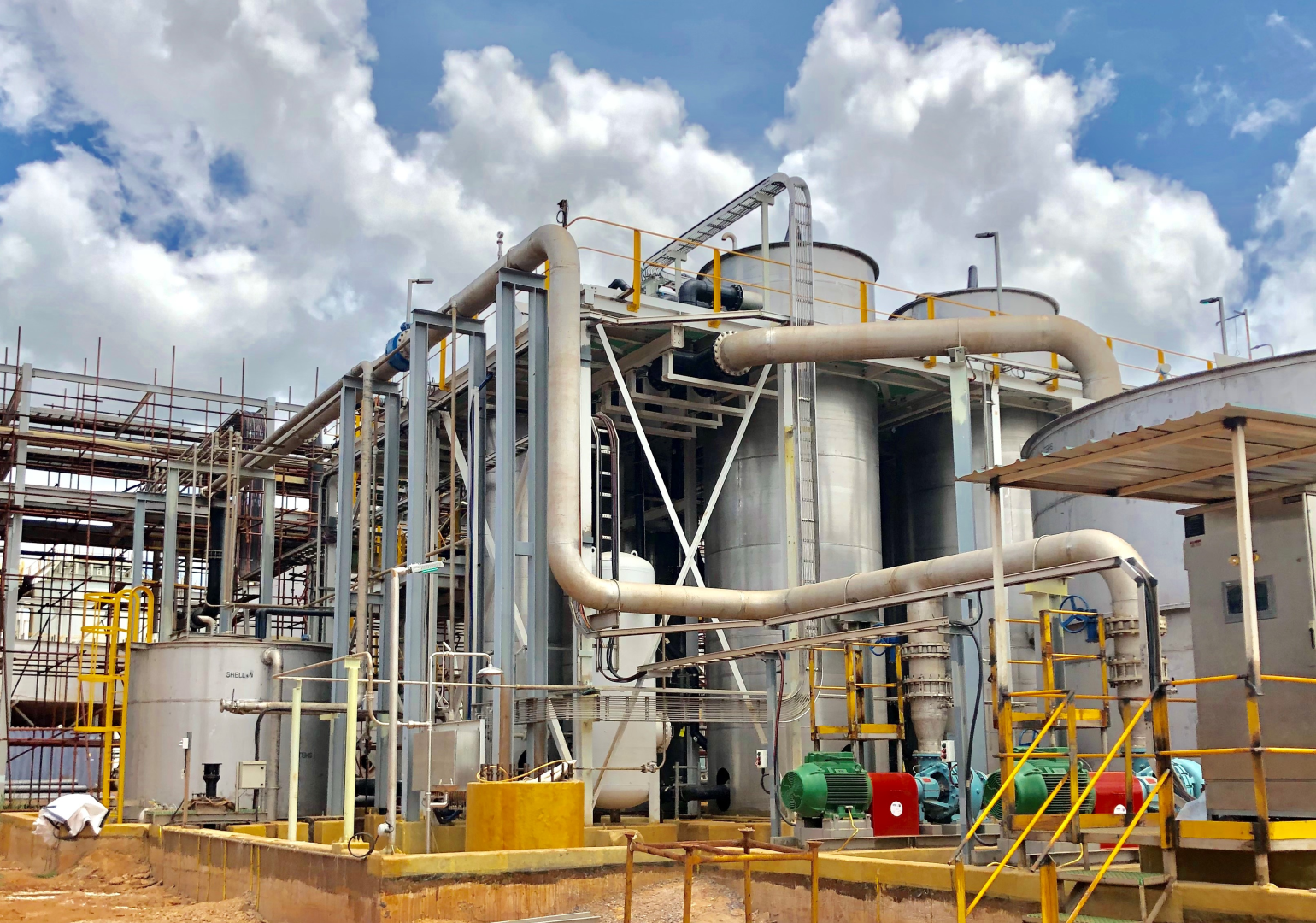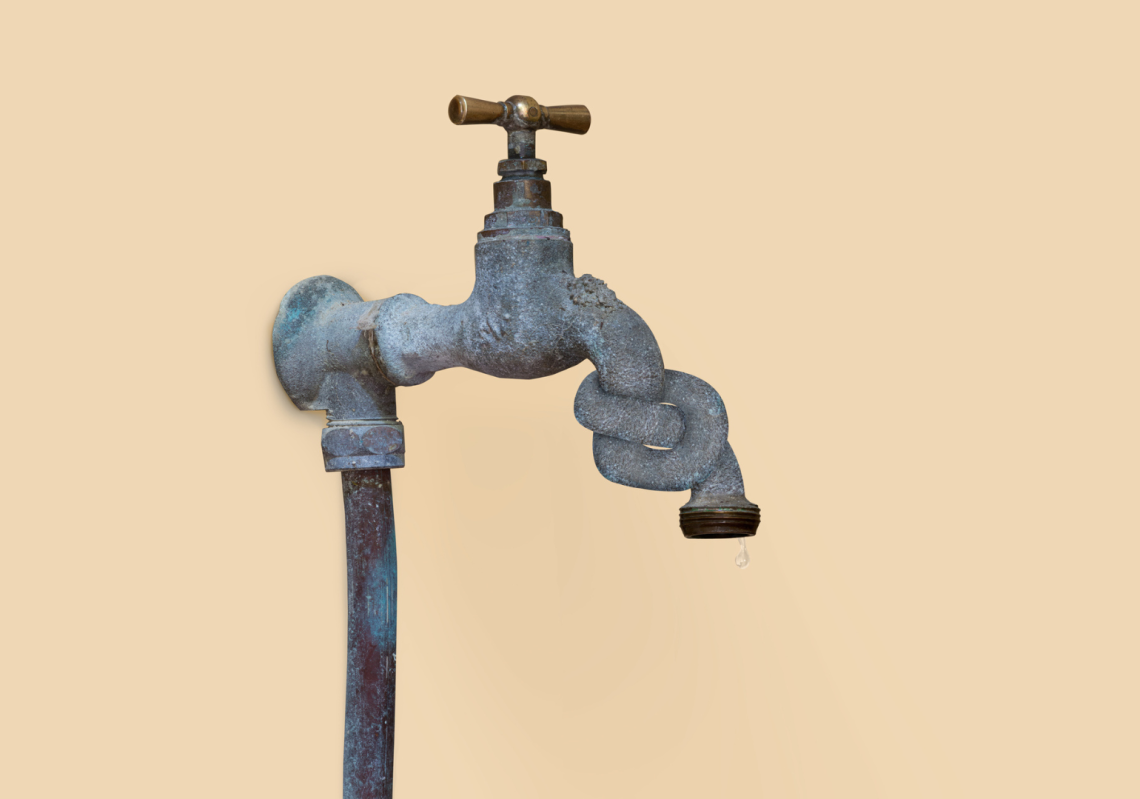As water takes centre stage at COP28, create looks at some of our local challenges and how an economic lens can help to solve them.
Water and climate change are fundamentally connected, resulting in extreme weather events such as floods, fires and droughts — along with rising sea levels and shrinking ice sheets.
Water security is a central theme at COP28 — held from 30 November to 12 December 2023 — with hosts the United Arab Emirates pledging $150 million to solve it.
Announcing the intention to “drive water up the climate agenda”, the COP28 Presidency is focusing on three themes at this year’s conference: conserving and restoring freshwater ecosystems, enhancing urban water resilience, and bolstering water-resilient food systems.
This doesn’t surprise Peter Voigt, CEO of water treatment technology company Clean TeQ Water.
“When you haven’t got it, you care about it,” he said, in reference to COP28’s Middle Eastern setting.
When an issue becomes centre of mind, regulation is never far behind.
“We’re seeing a lot of pressure coming from industry, agriculture and the population — who now understand that there is only a limited amount of freshwater on this planet,” Voigt said.
So too do investors, who are increasingly seeking out organisations with environmental, social and governance (ESG) credentials.
“The real issue we ought to be thinking about here is how to harmoniously combine economics and the environment,” he said. “People want something that has the right sticker on it — as long as it hasn’t been greenwashed. And there’s going to be a big focus on this at COP28.”
Local value creation
Living on the driest inhabited continent on earth, Australians also know a thing or two about water security challenges.
While the government is investing in strategies such as desalination plants and water recycling facilities, Voigt thinks we need to think “more deeply” about our water scarcity.
Desalination plants might be the right solution for those who live around the coast, which much of Australia’s population invariably does. However, inland communities are not seeing the benefits from these significant investments.
“We’ve got to be looking at where our food comes from, because that’s what is going to drive the future economies of Australia,” Voigt said.
Freshwater recycling is another area that needs to be addressed, hopefully through a renewed National Water Initiative. According to Voigt, we can no longer afford to be “stuck in the same paradigm” of transporting wastewater hundreds of kilometres to and from treatments plants — only to tip it into the sea.
“If a community has used water, it should have the rights and ability to reuse that water a number of times — not have it sent away, never to be seen again,” he said.
Voigt cites the example of the coal seam gas boom in Australia, with local farmers’ expectation to benefit from water as a by-product of gas extraction not coming to fruition.
“The water was put in pipes, sent 100 kilometres to a central water treatment facility, and purified for the local communities nearby the reverse osmosis plants,” Voigt said. “Most of the farmers never got any type of respite.”
But innovative thinking will need to be embedded in water management as we move towards a greener economy.
“The basic water requirements for drinking, agriculture and industrial production are all going to stay the same,” Voigt said. “But the way we use water to drive the new economy will change quite dramatically.”
For example, as electric cars become more commonplace, the water reserves where much of the lithium needed to power these vehicles is found will be increasingly impacted.
Other growing industries and processes such as micro-electronics and hydrogen production are also heavily reliant on pure water.
“We should be adding value in Australia,” he said.
Recovering valuable resources
When it comes to wastewater, Clean TeQ Water’s approach is to look at how much water, energy and nutrients it contains, and maximise the reuse of water that is left over post-treatment.
In Australia, many resources that can be extracted end up in our waterways.
Clean TeQ is currently working with European dairy and pharmaceutical industry companies to extract nutrients from wastewater — including phosphorus and nitrogen for recycling and nitrate for use in agriculture — with regulations just beginning to change in the continent.
Key to Clean TeQ’s resource recovery strategy is its fresh take on ion exchange technology.
When conducted in the traditional fashion, the water used in the ion exchange process must be clean to ensure solids don’t clog up the system.
By tweaking this process, Clean TeQ developed a full technology suite around continuous ion exchange that enables dirty water to be cleaned, allowing for reuse in many applications.
“It looks much more like a sand filter,” Voigt said. “When ion exchange occurs, it doesn’t matter if there’s suspended solids in there.”
The engineering principles behind continuous ion exchange allow for higher recovery rates and lower use of input chemicals, delivering much lower waste streams.
“The idea is you get more of what you’re after, less by-product and you can do it in a way that’s as environmentally friendly as possible.”
When phosphorus is extracted through continuous ion exchange, it can be transformed into hydroxyapatite and used as a calcium phosphate-based fertiliser.
Mine tailings dewatering is another area of focus. If a mining company has a huge tailings pond, filled with water that has minute amounts of copper, we can put it through our process, and concentrate the copper as copper sulphate, which can be used in fertiliser, or be made into copper metal for use in the renewable energy industries,” Voigt said.
“The water is purified while value is extracted at the same time.”
Improving freshwater security
Freshwater security revolves around maintaining our cycles of fresh water — particularly in inland areas.
Where groundwater is used and ions such as calcium are extracted, it could then be used by the town as drinking water and general domestic water.
“Next it would go to the wastewater treatment plant to ensure it’s pure enough to go back into the aquifer — well away from where the original water was drawn from,” Voigt said. “After a few years, those two waters would come together, and the source is replenished. Nature does a great job of purifying water.”
Clean TeQ has also successfully tackled water scarcity challenges in the Middle East, integrating its innovative continuous ion exchange technology with reverse osmosis to boost the water recovery rate from 35 per cent to 90 per cent.
“The global challenge of freshwater scarcity is prompting a substantial transformation in the oil and gas industry as it strives to develop sustainable approaches for optimising oil production,” Voigt said.

Clean TeQ have recently been working on freshwater security solutions for remote communities, including the Northern Territory community of Laramba, where the local groundwater was contaminated with high levels of uranium.
Their ion exchange technology filtered the uranium from the groundwater so it became clean drinking water for the community.
Now, the locals feel safe enough to drink water from the tap for the first time in years.
Clean TeQ Water is looking to stay at the forefront of freshwater treatment by investing in membrane technology that is expected to play a critical role in improving water recycling rates, with the ability to recycle a greater percentage of water using reduced energy.
“Our subsidiary, NematiQ, is the first company in the world to produce graphene-based nanofiltration membranes for the water treatment industry at commercial scale,” Voigt said. “The remarkable properties of graphene allow the membranes to remove harmful contaminants using only half the energy consumed by conventional nanofiltration membranes.
“Increasing water recovery and water recycling is just one phase. Over time, there’ll be many phases to this to make it a much more circular economy.”



